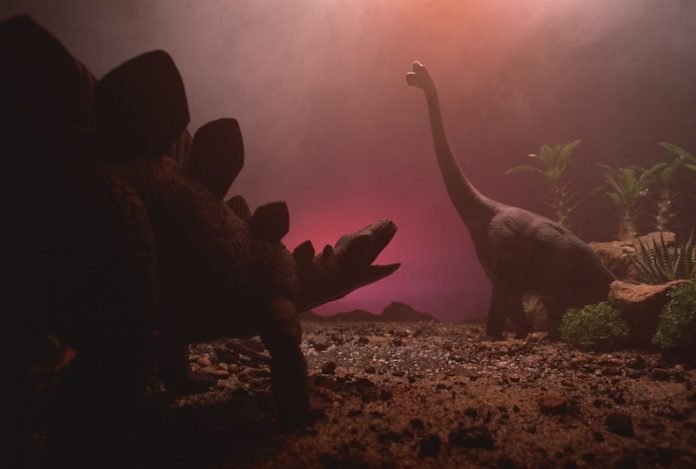
In the cold, distant reaches of Alaska, nestled within the layers of the Earth’s crust, lie secrets that challenge a long-held scientific belief. Bergmann’s rule, a principle from the 1800s, suggests that animals living in colder climates tend to be larger than their relatives in warmer areas.
However, a groundbreaking study led by scientists from the University of Alaska Fairbanks and the University of Reading has turned this idea on its head, especially when it comes to the magnificent creatures of our planet’s distant past: dinosaurs.
The study began with a simple curiosity, raised by Lauren Wilson, a graduate student at the University of Alaska Fairbanks, and her undergraduate advisor: Could the ancient giants, the dinosaurs, also follow Bergmann’s rule? The answer they found was a resounding “no.”
Despite analyzing hundreds of fossils, including those from the northernmost dinosaurs in Alaska’s Prince Creek Formation — dinosaurs that lived through freezing temperatures and snow — they found no evidence that colder climates made for bigger dinosaurs.
Their research didn’t stop with dinosaurs. When they extended their investigation to modern mammals and birds, descendants of those ancient reptiles and prehistoric mammals, they found the same pattern. Latitude, it seems, doesn’t dictate size.
There was a slight trend relating the size of modern birds to temperature, but this pattern didn’t hold for their ancient counterparts or for mammals.
This revelation is significant, according to the researchers. It demonstrates the importance of the fossil record as a tool for testing scientific theories. Fossils allow us to peek into ecosystems and climates vastly different from our own, providing a unique perspective on ecological rules.
Jacob Gardner, a postdoctoral researcher at the University of Reading and co-lead author of the study, emphasized the value of the fossil record in challenging current scientific assumptions.
By looking into the past, scientists can assess the validity of ecological principles in scenarios unlike any found today.
The implications of this study are profound. Pat Druckenmiller, the director of the University of Alaska Museum of the North and co-author of the study, stressed that understanding modern ecosystems requires an appreciation of their evolutionary history.
The past shapes the present, and by ignoring the fossil record, scientists might miss critical insights into how life on Earth has adapted over millions of years.
This study not only challenges Bergmann’s rule but also invites us to reconsider other long-standing scientific beliefs. As we delve deeper into the fossil record, we may find that the rules governing life on Earth are more flexible than previously thought.
Dinosaurs, with their immense diversity and adaptability, demonstrate that life often finds a way to thrive, breaking the mold and, in this case, the rules we’ve set to understand it.
The research findings can be found in Nature Communications.
Copyright © 2024 Knowridge Science Report. All rights reserved.



